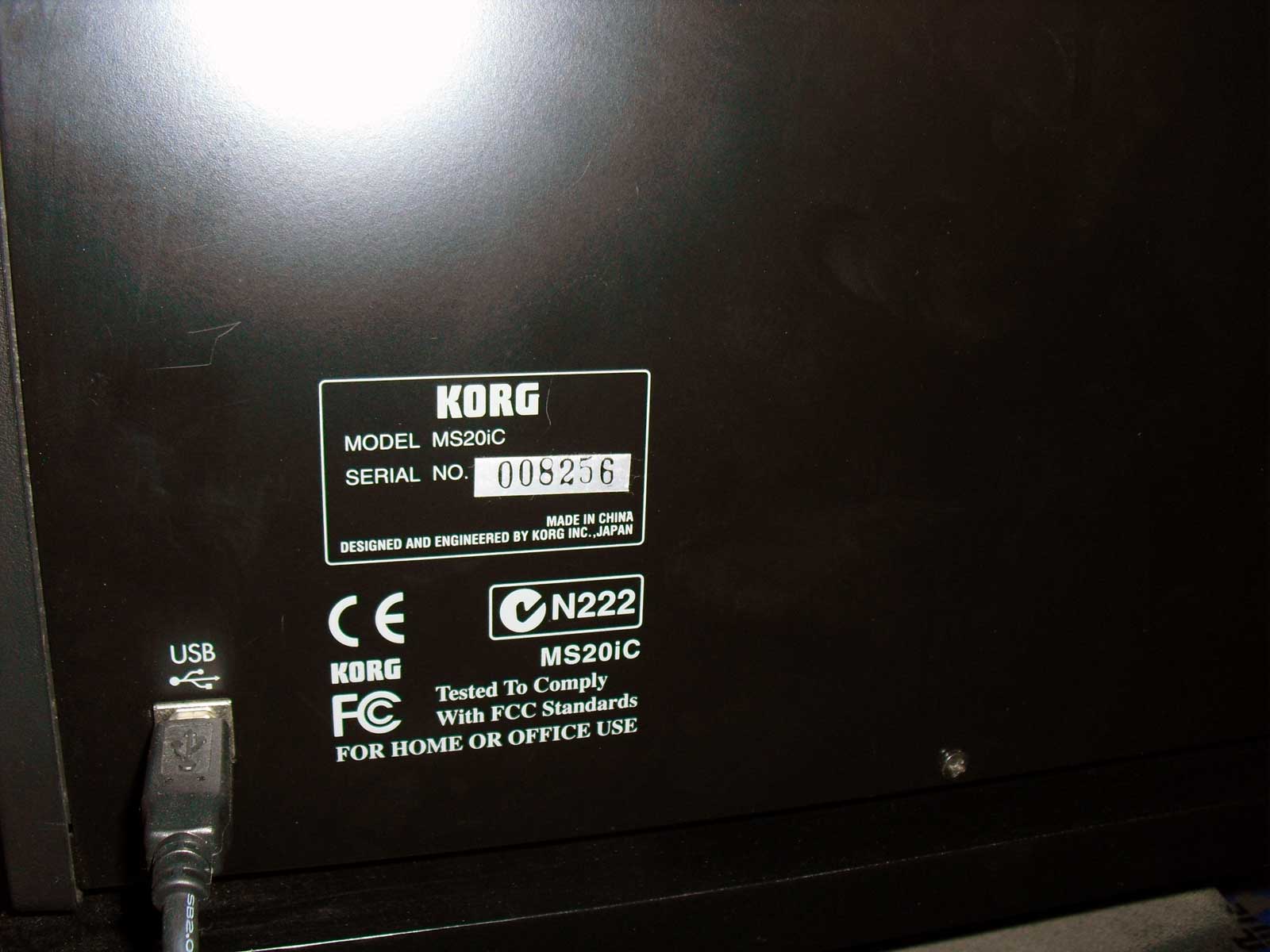

Little snitch m1 software#
It’s not entirely clear why the requirements are more strict given that iOS 15 and iPadOS 15 are compatible with the same generations of hardware as the prior system software release, but nonetheless macOS Monterey (macOS 12) has some tighter requirements for supported hardware. You’ll notice the macOS Monterey compatibility list is more strict than Macs able to run Big Sur. This list comes directly from Apple, so there is no ambiguity about which hardware supports MacOS 12 or not. The following Macs are officially compatible with macOS Monterey:Īs you can see, the model years of supported Macs are newer than before. Hardware? Software? No-ware? How do you make sure your Mac's locked down and keeping your secrets to itself? Sound off in the comments below.MacOS Monterey will require a compatible Mac, of course, so let’s take a look at the list of Macs which support macOS Monterey 12.
Little snitch m1 mac#
If you need something more than Apple's built-in firewall or if you need better insight into which applications are sending information from your Mac to servers on the Internet, Little Snitch is the best app I've seen, which makes it the best app for you. Not only is it a great firewall application, it's educational and super fun to use. I wouldn't normally think of a firewall as something fun. When you hop on a network APS detects where you are and automatically changes your Little Snitch profile to match your settings for the network you're on. Not as worried when you're on your home network? You can create a profile for that. Want to be invisible when you're at Starbucks? No problem, you can create a profile for that. Little Snitch has a multitude of customizable features, but one of my favorites is Automatic Profile Switching (APS), which allows you to create filtering profiles based on the network you're connected to. Click that menu and you'll see options to change modes and items for Little Snitch's Network Monitor, Rules, and Preferences. A small menu item appears on the top of your screen and displays a small gauge setting so you know when you're sending and receiving network traffic. The fun begins once Little Snitch is installed. Any connections you have not created an explicit rule for will be denied without asking for your approval. Silent Mode-Deny Connections is designed for situations where you want to create specific rules about which connections you will allow. Initially, if you're just starting to use Little Snitch, this can feel more like Annoying Mode, as you'll need to approve or deny every network connection attempt. Once you make a choice, Little Snitch remembers your choices and allows or denies that connection in the future. This mode is the best choice for most users.Īlert Mode asks you to make a choice each time an application attempts to make a connection to the Internet.

It also tracks every connection, while allowing all network traffic to freely enter and exit your Mac, so you can look at those connections and decide whether or not you want to make that connection in the future.

By default, Little Snitch uses Silent Mode-Allow Connections, which behaves just like Apple's built-in firewall does, which is to say that it assumes any application on your Mac that is properly signed (opens in new tab) is allowed to send and receive data at will.


 0 kommentar(er)
0 kommentar(er)
